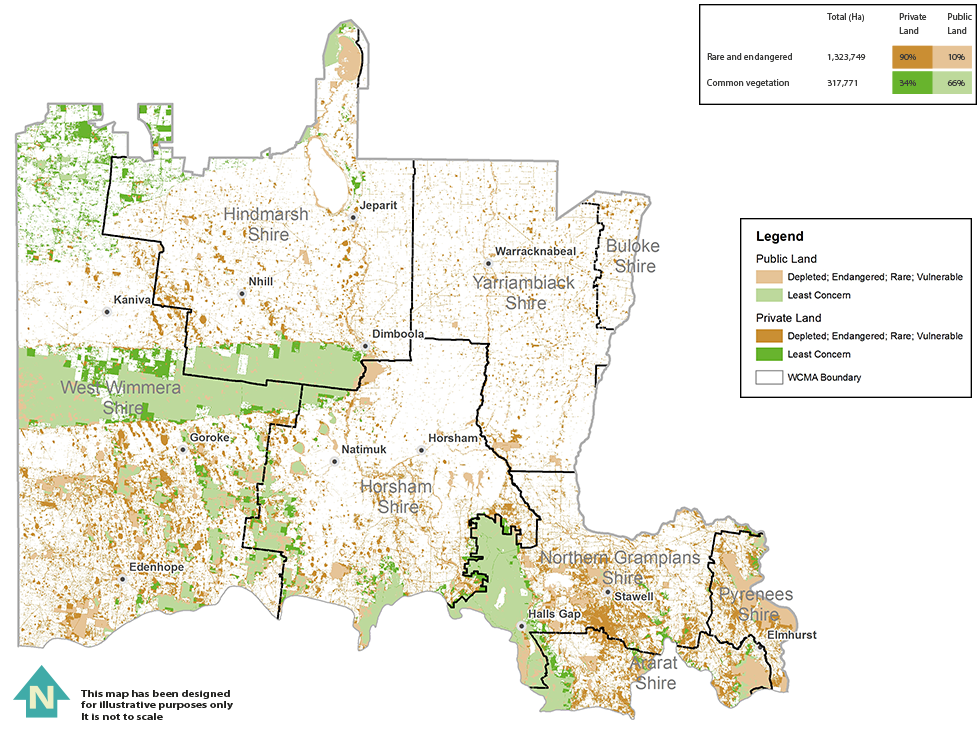Native Vegetation
Native vegetation plays an important role in the overall health of the catchment. Native vegetation provides habitat and protection for animals, sequests carbon, slows down wind velocity to reduce erosion, and draws down water tables to reduce salinity and water logging. Through a range of mechanisms including tenders, incentives, revegetation, and increasing community knowledge Wimmera CMA aim to increase the overall quality and extent of our native vegetation.
Natural landscapes are very important for the ecosystem. They provide opportunities for recreation and tourism and a range of other benefits including:
- providing habitat for native fauna
- helping control dry land salinity
- slowing wind speeds
- providing ground cover so that soil structure is maintained
- controlling erosion
- acting as a carbon sink.
In general, the larger more natural and better-connected expanses of native vegetation provide the healthiest, most resilient and most value as habitat. Conversely small, isolated patches of native vegetation are often less resilient. The fate of native vegetation and the fauna species that rely upon on it are intimately linked.
Wimmera Native Vegetation
Since European settlement, more than 70% of the land area has been cleared of native vegetation. In some local government areas, less than three percent of native vegetation remains, and much of this is confined to roadsides. Widespread clearing has dramatically reduced the connectivity of habitat in the landscape.
Many of the vegetation communities that covered the plains are now recognised as endangered. Of these 154,000ha (or 88%) are on private land outside parks and reserves. This includes remnant patches of three endangered vegetation communities listed under the Environment Protection and Biodiversity Conservation Act 1999:
- Grey Box Grassy Woodlands and Derived Native Grasslands of South–eastern Australia
- Buloke Woodlands of the Riverina and Murray-Darling Depression Bioregions
- Seasonal Herbaceous Wetlands (Freshwater) of the Temperate Lowland Plains.

Wimmera CMA’s main objectives for native vegetation are to prevent its further decline and to produce an overall gain in its area and quality.
Some of the ways that Wimmera CMA is working to achieve these objectives include:
- by undertaking market based instrument projects such as Habitat Tenders.
- providing financial support to organisations such as Trust for Nature and Landcare Networks
- providing financial support to implement projects that provide advice and financial assistance to landholders to protect remnant vegetation and carry out revegetation works on private land
- undertaking research to provide the information necessary for making better management decisions.




